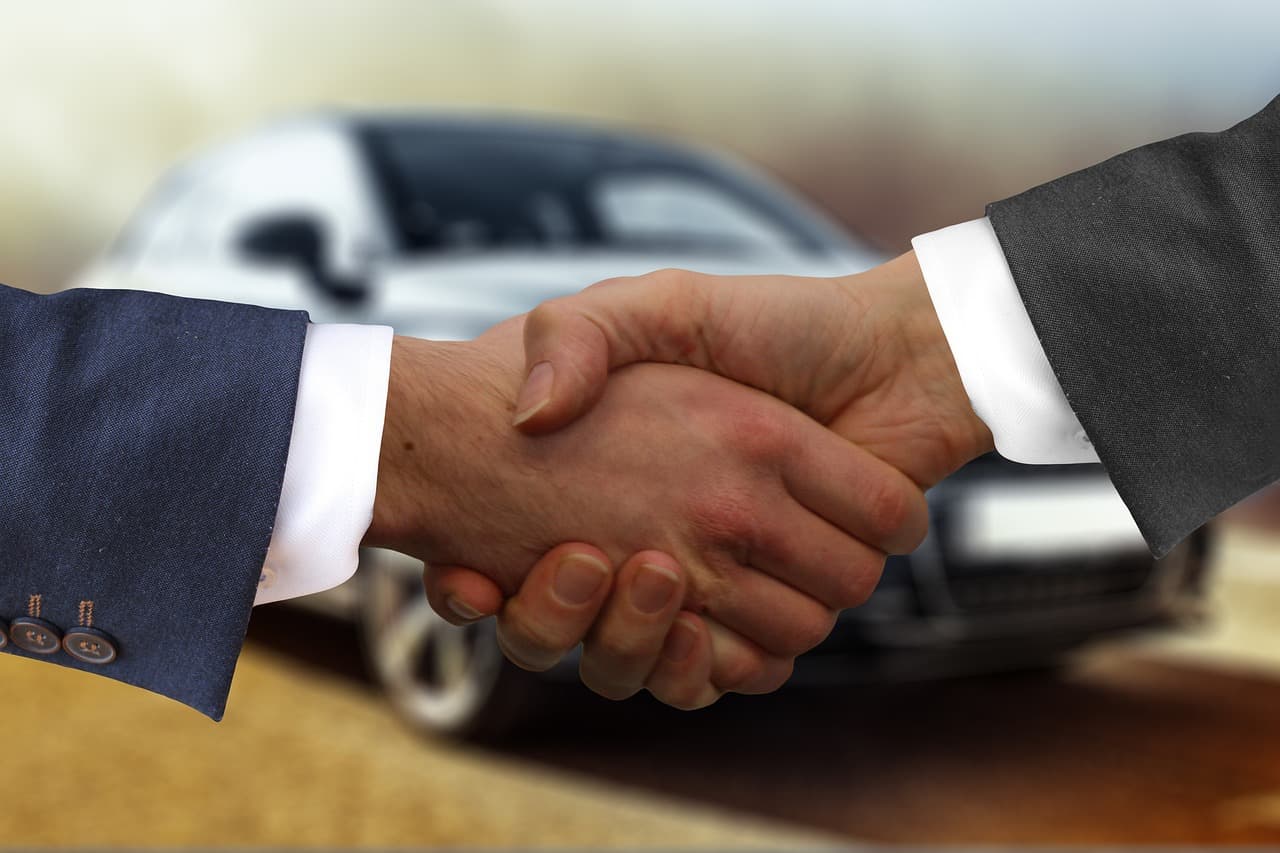It’s never just as simple as a straightforward purchase. “After I buy a car, what do I do?” is an important question to ask. From a legal perspective, as soon as you buy a vehicle, you become responsible for registering and insuring it. However, you’ve also got practical considerations, like conducting repairs and any necessary maintenance.
It’s a lot to think about, but don’t panic. In this guide, we’ve got a 5-step checklist and more coming up; you’ll know exactly what to do after buying a used car. Let’s break things down.
What do I need to do after buying a car?
You become legally and practically responsible for the vehicle. You must transfer ownership officially (through vehicle registration) and organize insurance. It’s also in your best interests to ensure the car is up-to-scratch, running it by a trusted mechanic if you’ve not done so already.
This is just a general overview, though. What about the specific steps? And how does the process vary from used cars to new cars and dealerships to private sellers?
Knowing what to do once you buy a used car versus a new car involves different approaches. We’ll cover the first things to do after buying a used car and a new one, so sit tight and prepare to jot down notes.
Five most important steps after buying a car
As you know, there’s a long list of things to do after buying a car. However, we can categorize this bulky to-do list into five simple stages. These are the vital steps after buying a used car.
1. Insure your vehicle
Even if the car isn’t brand new, it’s new to you. It’s a legal requirement across Europe and the USA to have an insurance policy in place when driving any car. And liability insurance is the bare minimum.
2. Transfer ownership
You must register your vehicle under your name, usually by completing a certificate and submitting it either in-person or online. The exact process varies depending on countries and state laws.
While we’re on this topic, sellers should also provide a bill of sale, and some dealerships may provide temporary tags. These act as evidence of ownership; keep them handy.
3. Be prompt with mechanic checks
Taking a car to the mechanic for the first time can be nerve-wracking, especially if you bought it without the help of an expert opinion. It can also seem “too soon” financially after splurging on a large purchase. However, don’t put this off.
It’s essential to prevent minor issues from compounding into bigger bills, and besides, perhaps these fixes fall under warranty periods?
4. Make copies of important documents
Important documents have a habit of disappearing. Get ahead of the game by making copies of everything and storing them securely.
These are the things to duplicate and stash away safely:
-
Bill of sale
-
Vehicle insurance (receipts, policy cover, and general proof)
-
Title of ownership
-
Proof of passing required mechanical tests (requirements vary per country)
5. Personalize or update your vehicle
Now is the fun part — update your car where necessary. You could add details like air fresheners or completely restore an aged interior with new seat covers or floor mats. It’s amazing what a creative vision can achieve.
What to do after buying a used car from dealership companies
The five steps above guide you through the basic process. However, knowing what to do after buying a used car from a dealer involves a couple of extra bits of information.
-
Check whether the dealership will handle the vehicle registration for you.
-
Clarify the warranty period in case your mechanic finds a pre-existing fault.
-
Request a copy of the vehicle history to show your mechanic.
-
Ask about spare keys.
-
Enquire about anything you’re unsure of in the manual.
What to do after buying a new car from a dealer

What about what to do after buying a new car? Are there different things to do after buying a new car from a dealer? Not massively. For one, you won’t have the vehicle history to worry about.
Instead, just look for a more gracious warranty period for manufacturer faults. You should have at least a few years of coverage in case something like air conditioning or another functional mechanism fails outside general wear-and-tear.
What to do after you buy a used car from private seller
The biggest difference when buying from a private seller is more responsibility on you. There are extra things to do after buying a used car because there are no company policies and processes to protect you. Because of this, it isn't really about what to do after buying a car from a private seller. Instead, you should take care before you finalize the sale.
-
Ideally, you should obtain the service records before purchasing a vehicle privately. It’s possible to look at the history of cars online using search tools like Been Verified, providing insights into past damage.
-
Research how to get consumer protection through payment methods, like using a credit card.
However, if that ship has sailed, just prioritize transferring your own registration and title of ownership details.
The instant thing to upgrade

One thing to instantly upgrade when buying a car is its floor mats. Whether you buy a new or used vehicle, having adequate interior protection is vital.
Floor mats are the barrier between your shoes and delicate car lining. Did you know that research found the average pair of shoes dirtier than a toilet seat? And that’s before you consider the damage that wet shoes can do, introducing dampness into your valuable new purchase.
EVA floor mats are waterproof and odor-free. Plus, with custom fits available for all types of vehicles, you’re bound to find the perfect match for you. Protect your car today.

